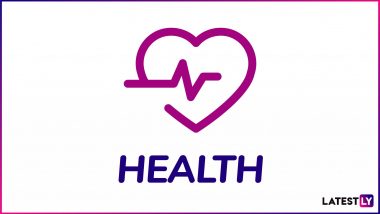Washington D.C. [USA], Feb 10 (ANI): Despite similar enrollment rates in medical care, an analysis showed that young people with HIV have much lower rates of viral suppression when compared to adults.Viral suppression occurs when antiretroviral therapy reduces a person's HIV in the blood to an undetectable level. Maintaining viral suppression for at least six months after a person's first test finds no detectable levels of the virus prevents the sexual transmission of HIV and allows people with HIV to remain healthy.The study published in the Journal of Acquired Immune Deficiency Syndrome suggested that after the enrollment in an HIV treatment program, a low proportion of youth adhere to care regimens.Among more than 1,000 youth, most of whom were newly enrolled in care at treatment centres throughout the United States, 12 per cent had attained viral suppression, far lower than the 32 per cent to 63 per cent observed in studies of adults over age 24.The study's first author, Bill G. Kapogiannis said, "Our findings indicate an urgency for research on how best to tailor HIV intervention services to the needs of youth."The analysis that was funded by the National Institute on Drug Abuse and the National Institute of Mental Health (NICHD) examined data from the Adolescent Medicine Trials Network for HIV/AIDS Interventions (ATN), an NIH-supported network of 13 sites dedicated to the health and care of youth with and at risk for HIV.The youth were enrolled in care through the SMILE (Strategic Multisite Initiative for the Identification, Linkage, and Engagement in Care of Youth) Collaborative, a network of clinics at each ATN site that offers diagnostic services and referral to treatment facilities.Among the 1,411 youth ages 12 to 24 years who were referred to the ATN sites, 75 per cent were enrolled in care, with 34 per cent remaining in care and beginning anti-HIV (antiretroviral) treatment and 12 per cent achieving viral suppression after a median interval of nearly 5 months.On average, youth who were referred to care within a shorter time frame after an HIV diagnosis were more likely to achieve viral suppression. Compared to youth referred to care after three months, those referred within one to six weeks were 2.5 times more likely to reach viral suppression. Those referred from six weeks to three months were roughly twice as likely to reach viral suppression.To ensure the shortest possible time to enrollment in care, the study authors stressed the importance of enlisting trained peer counsellors and of maintaining frequent contact with youth through text and social media messages. (ANI)
(This is an unedited and auto-generated story from Syndicated News feed, LatestLY Staff may not have modified or edited the content body)













 Quickly
Quickly





















